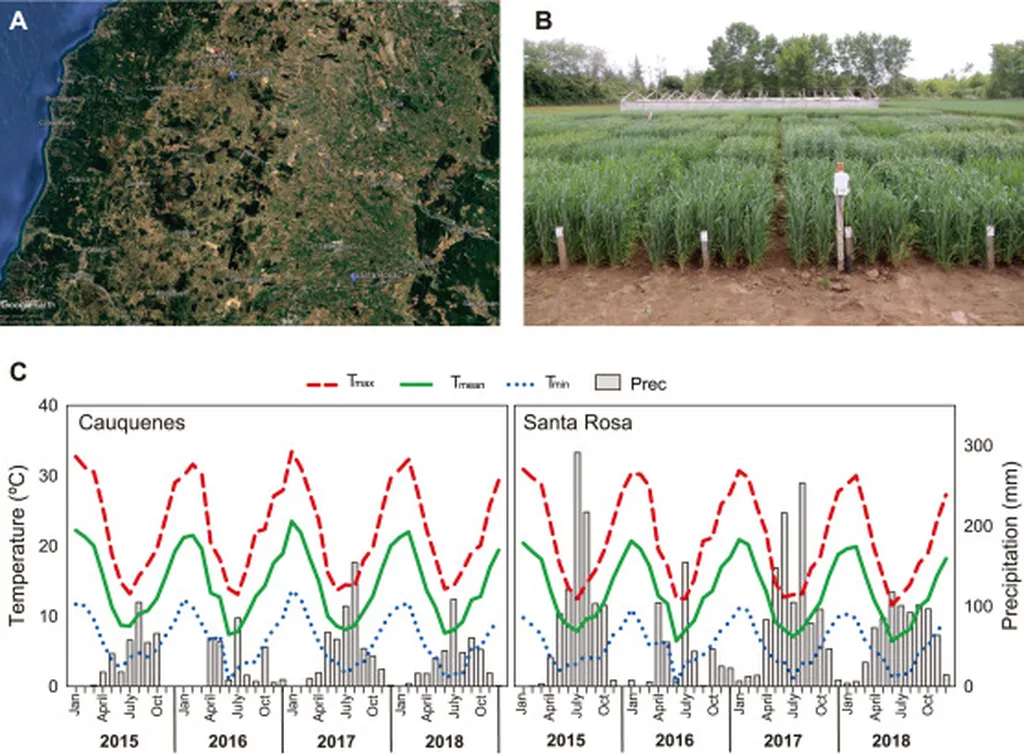In the heart of Germany, at the Technical University of Darmstadt, a team of researchers led by Jens Balasus has been working on a breakthrough that could revolutionize how we model and understand plant canopies. Their focus? Leaf reflectance, a critical factor in simulating the micro-light climate within plant canopies. The research, published in the journal ‘Plants’ (translated as ‘Pflanzen’), is set to make waves in fields ranging from remote sensing to greenhouse optimization and even synthetic data generation for agricultural systems.
Balasus and his team have tackled a longstanding issue in virtual plant modeling: the oversimplification of leaf optical behavior. Many current models assume purely diffuse reflectance, neglecting the spectral and angular variability described by the bidirectional reflectance distribution function (BRDF). “This simplification can lead to inaccuracies in light simulations, which are crucial for various applications,” explains Balasus.
To address this, the team experimentally measured the spectral BRDF of cucumber leaves and determined corresponding Phong reflectance model parameters for use in the GroIMP simulation environment. The Phong model, originally developed for computer graphics, proved to be a game-changer. It successfully reproduced key features of the BRDF, particularly the increased diffuseness in the green and far-red spectral regions.
The implications of this research are vast. For instance, in the energy sector, accurate light modeling can optimize solar panel placement in agricultural settings, maximizing energy harvest without compromising crop growth. “Our method offers a practical way to incorporate wavelength- and direction-dependent reflectance into virtual plant simulations,” says Balasus. This advancement could lead to more realistic and accurate light modeling in virtual canopies, ultimately enhancing the precision of agricultural and energy-related decisions.
The team’s findings also pave the way for adapting the Phong parameters to other leaves with similar optical properties using hemispherical reflectance measurements. This adaptability is a significant step forward, as it allows for more versatile and accurate modeling across different plant species.
As we look to the future, this research could shape the development of more sophisticated virtual plant models. These models could be used to simulate complex canopy structures and their interactions with light, leading to improved remote sensing techniques, better greenhouse designs, and more efficient agricultural practices. Balasus’s work is a testament to the power of interdisciplinary research, blending computer graphics, plant science, and agricultural technology to drive innovation.
In the ever-evolving landscape of agritech, this breakthrough is a beacon of progress, illuminating the path towards more accurate, efficient, and sustainable agricultural practices. As the research community continues to build on these findings, the potential applications and benefits are poised to grow, heralding a new era of precision and innovation in the field.

